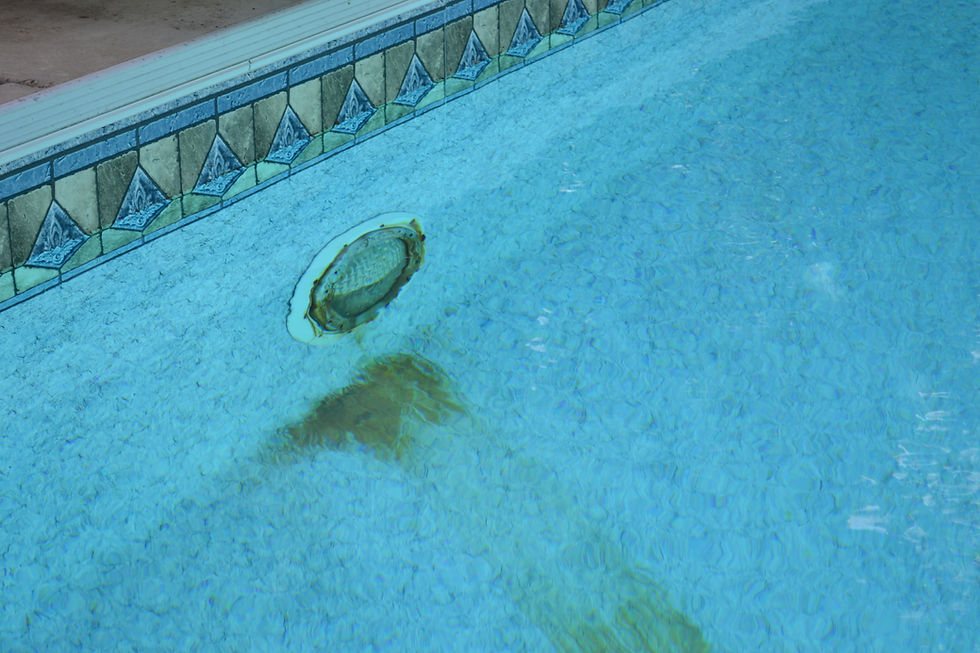Facts About Salt Systems
- Gabby Pugliese

- Apr 22, 2021
- 2 min read
How it Works
A salt chlorine generator is a swimming pool chlorination system that creates chlorine from sodium chloride (salt). Before a salt generator can operate, the pool water must have a salt concentration of at least 3,000 ppm. As salt water moves through the pool's circulation system, it enters the salt generator and passes through a salt cell. When this happens, electrolysis is initiated. This causes the salt and water to break up into hydrogen gas and hypochlorous acid. The hydrogen gas leaves the pool in the form of small bubbles and the hypochlorous acid sanitizes the pool water and eventually reverts back into salt. Then, the process repeats itself.

Pros
Lower chlorine levels lead to less irritation on skin, and eyes
Produce softer-feeling water with no toxic fumes
Lower annual maintenance cost
Cons
Expensive initial investment and expensive replacement costs
Salt cells need frequent cleaning
Salt can cause pool equipment and surfaces to corrode
Common Misconceptions
Just add salt: Many pool owners think that investing in a salt cell means they will just have to add salt to their pool. Salt is just one of the things you will need to add. Just like a chlorine pool, the water needs balanced pH and alkalinity levels which will require more chemicals than just salt.
It's chlorine free: Salt water pools still contain chlorine! Chlorine is a result of the salt in the pool undergoing electrolysis. You will also still need to shock your saltwater pool just like a chlorine pool.
It will be like swimming in the ocean: Many people hear the term "salt pool" and automatically associate it with swimming in the ocean. Salt pools only have 1/10 of the amount of salt that the ocean does!
Saltwater is better than chlorine water: The answer to this question really depends on who you ask! Every pool owner is different and it is really up to personal preference.





Kaiser OTC benefits provide members with discounts on over-the-counter medications, vitamins, and health essentials, promoting better health management and cost-effective wellness solutions.
Obituaries near me help you find recent death notices, providing information about funeral services, memorials, and tributes for loved ones in your area.
is traveluro legit? Many users have had mixed experiences with the platform, so it's important to read reviews and verify deals before booking.